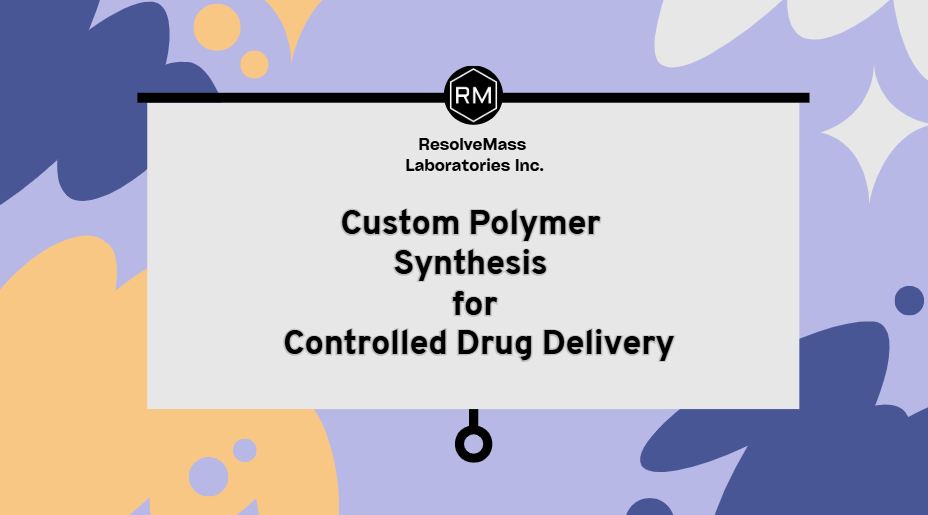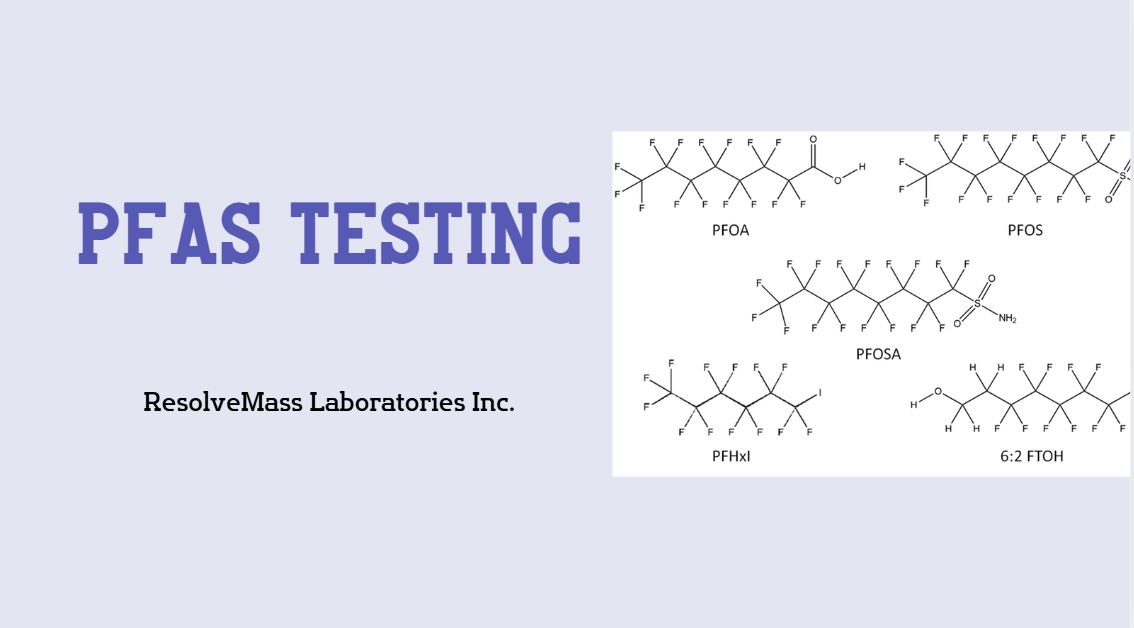High-purity polymers are critical for many advanced applications, including drug delivery, electronics, and coatings. Achieving and maintaining this level of purity requires careful planning, stringent quality control, and specialized techniques throughout the synthesis process. This blog outlines key strategies and best practices to ensure high purity in custom polymer synthesis
1. Select High-Quality Raw Materials
The purity of the starting materials significantly impacts the final polymer. Impurities in monomers, catalysts, or solvents can lead to unwanted byproducts and reduce overall polymer quality.
Best Practices:
- Source Certified Materials: Use high-purity grades of monomers and reagents.
- Pre-Purification Steps: Distill or recrystallize raw materials before use.
- Verify Purity: Use analytical techniques such as NMR or FTIR to confirm the quality of inputs.
Pro Tip: Partnering with a reliable supplier ensures a consistent quality of raw materials.
Monomer Selection Strategies for Custom Polymer Synthesis – This guide helps you pick the right monomers for pure, consistent results.
2. Optimize Synthesis Parameters
Controlling the polymerization conditions—temperature, pressure, and reaction time—is essential for minimizing impurities.
Key Parameters to Monitor:
- Temperature: Excessive heat can lead to side reactions and degradation.
- Catalyst Concentration: Optimize catalyst levels to ensure efficient conversion while avoiding over-catalysis.
- Reaction Time: Prolonged reactions may increase impurities due to secondary reactions.
Using automated systems for process monitoring can improve reproducibility and reduce contamination risks.
Step-by-Step Guide to Custom Polymer Synthesis Process – Use this detailed process flow to avoid unnecessary impurities.
3. Employ Advanced Purification Techniques
Post-synthesis purification removes residual monomers, solvents, and byproducts. The choice of technique depends on the polymer type and application requirements.
Common Purification Methods:
- Precipitation: Dissolve the polymer in a solvent, then precipitate it using a nonsolvent.
- Dialysis: Ideal for removing low-molecular-weight impurities in water-soluble polymers.
- Chromatography: High-performance liquid chromatography (HPLC) ensures the separation of closely related impurities.
- Soxhlet Extraction: Effective for removing unreacted monomers or oligomers.
| Purification Method | Best Use Case |
| Precipitation | Simple, non-water-soluble polymers. |
| Dialysis | Water-soluble polymers like hydrogels. |
| Chromatography | High-purity applications in electronics. |
| Soxhlet Extraction | Comprehensive monomer removal. |
Explore challenges that make purification tricky, and how to handle them – Top Challenges and Opportunities in Custom Polymer Synthesis
4. Incorporate Real-Time Monitoring
Real-time analytical monitoring during synthesis can identify and mitigate impurities before they accumulate.
Recommended Techniques:
- FTIR Spectroscopy: Tracks functional groups to ensure the reaction proceeds as planned.
- NMR Spectroscopy: Confirms molecular structure and detects impurities.
- Mass Spectrometry (MS): Identifies low-concentration contaminants with high accuracy.
Integrating these techniques into the process improves control and minimizes deviations.
See how advanced analytics have changed how polymers are made today –The Importance of Polymer Synthesis in Modern Science and Technology
5. Design the Polymerization Process Carefully
The choice of polymerization method directly impacts purity.
Polymerization Methods:
- Living Polymerization: Provides precise control over molecular weight and reduces termination reactions.
- Controlled Radical Polymerization (CRP): Ensures narrow molecular weight distribution and minimizes impurities.
- Emulsion Polymerization: Requires thorough washing to remove surfactants and emulsifiers.
Compare chain-growth vs. step-growth methods for your purity goals – A Comprehensive Guide to Polymerization Techniques: Step-Growth vs Chain-Growth
Case Study:
A pharmaceutical company achieved high-purity drug delivery polymers by adopting atom transfer radical polymerization (ATRP) instead of conventional free-radical polymerization. ATRP minimized side reactions, leading to a 99% pure product.
RAFT vs. ATRP: Choosing the Best Method for Custom Polymer Synthesis – This article compares ATRP and RAFT for impurity control.
6. Adhere to Stringent Quality Control
Quality control (QC) processes are non-negotiable for high-purity polymers. QC verifies compliance with purity standards and regulatory requirements.
QC Steps:
- Initial Screening: Use gas chromatography (GC) or liquid chromatography (LC) to detect residual monomers.
- Thermal Analysis: Techniques like DSC or TGA identify contaminants affecting thermal properties.
- Mechanical Testing: Ensures impurities do not compromise material performance.
Implement a quality management system (QMS) to streamline QC workflows.
7. Partner with a Specialized CRO
Contract Research Organizations (CROs) experienced in custom polymer synthesis provide access to state-of-the-art facilities and expert knowledge. They can ensure high purity through advanced synthesis and purification methods.
Benefits of Working with a CRO:
- Specialized equipment for precise synthesis.
- Analytical capabilities for comprehensive impurity profiling.
- Proven methodologies for consistent results.
Learn more about our Custom Polymer Synthesis Services and Contact Us for expert assistance.
Conclusion
Ensuring high purity in custom polymer synthesis is a multifaceted process requiring meticulous attention to raw materials, synthesis conditions, and purification techniques. By implementing robust quality control measures and leveraging advanced analytical tools, you can achieve polymers that meet the most demanding standards.
For tailored polymer solutions with guaranteed high purity, explore the services offered by ResolveMass Laboratories. Whether you’re in pharmaceuticals, electronics, or materials science, our team is here to assist with your custom synthesis needs.
References
- Smith, R. et al. “Techniques for High-Purity Polymer Synthesis.” Polymer Chemistry, 2023. DOI: 10.1039/C3PY00052F.
- Lee, H. et al. “Advances in Polymer Purification Methods.” Chemical Reviews, 2022. DOI: 10.1021/acs.chemrev.1c00456.
- Johnson, K. et al. “Real-Time Monitoring in Polymer Synthesis.” Analytical Chemistry, 2023. DOI: 10.1021/acs.analchem.2c04978.


